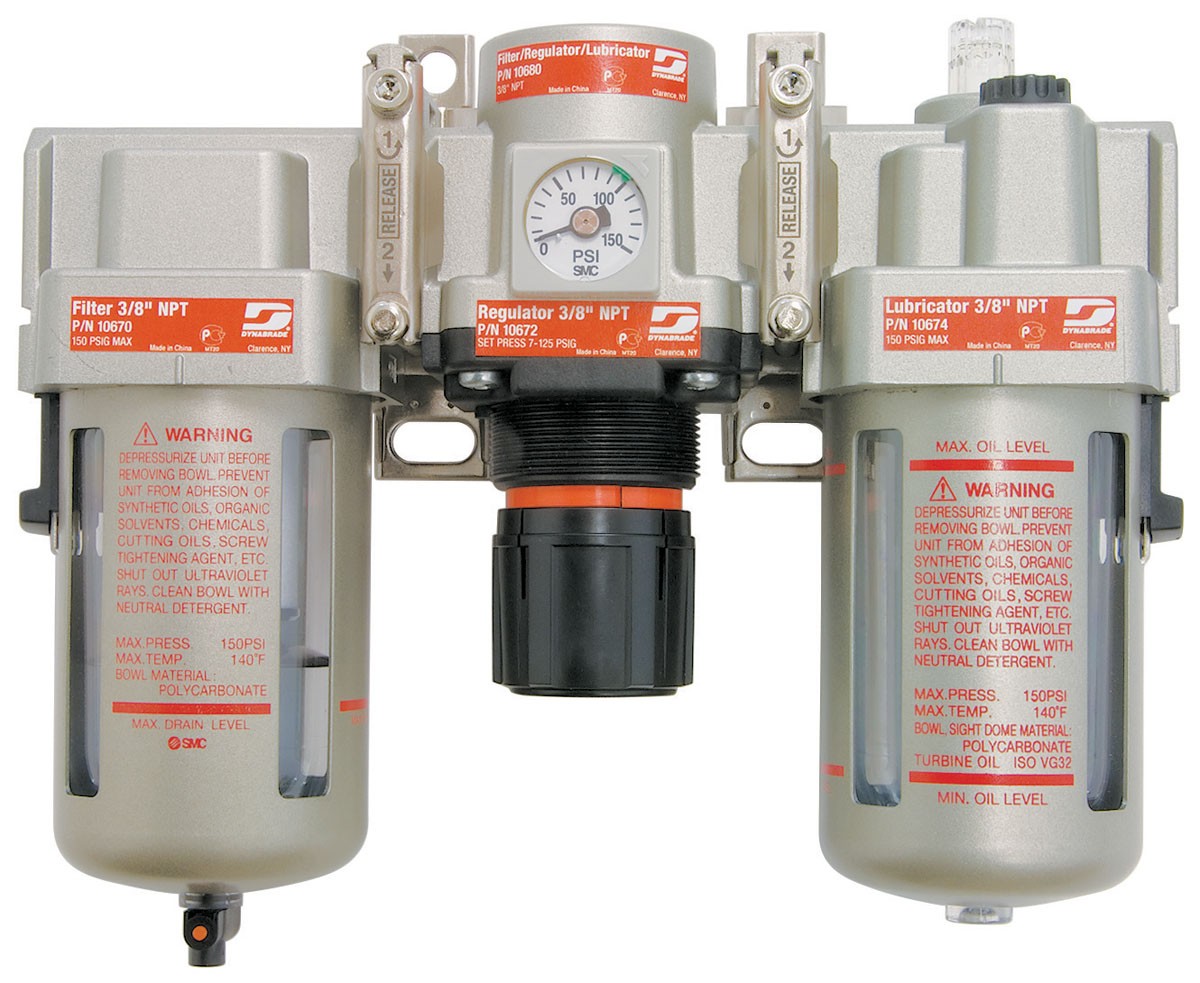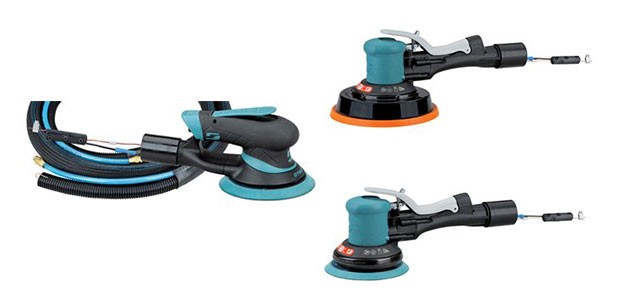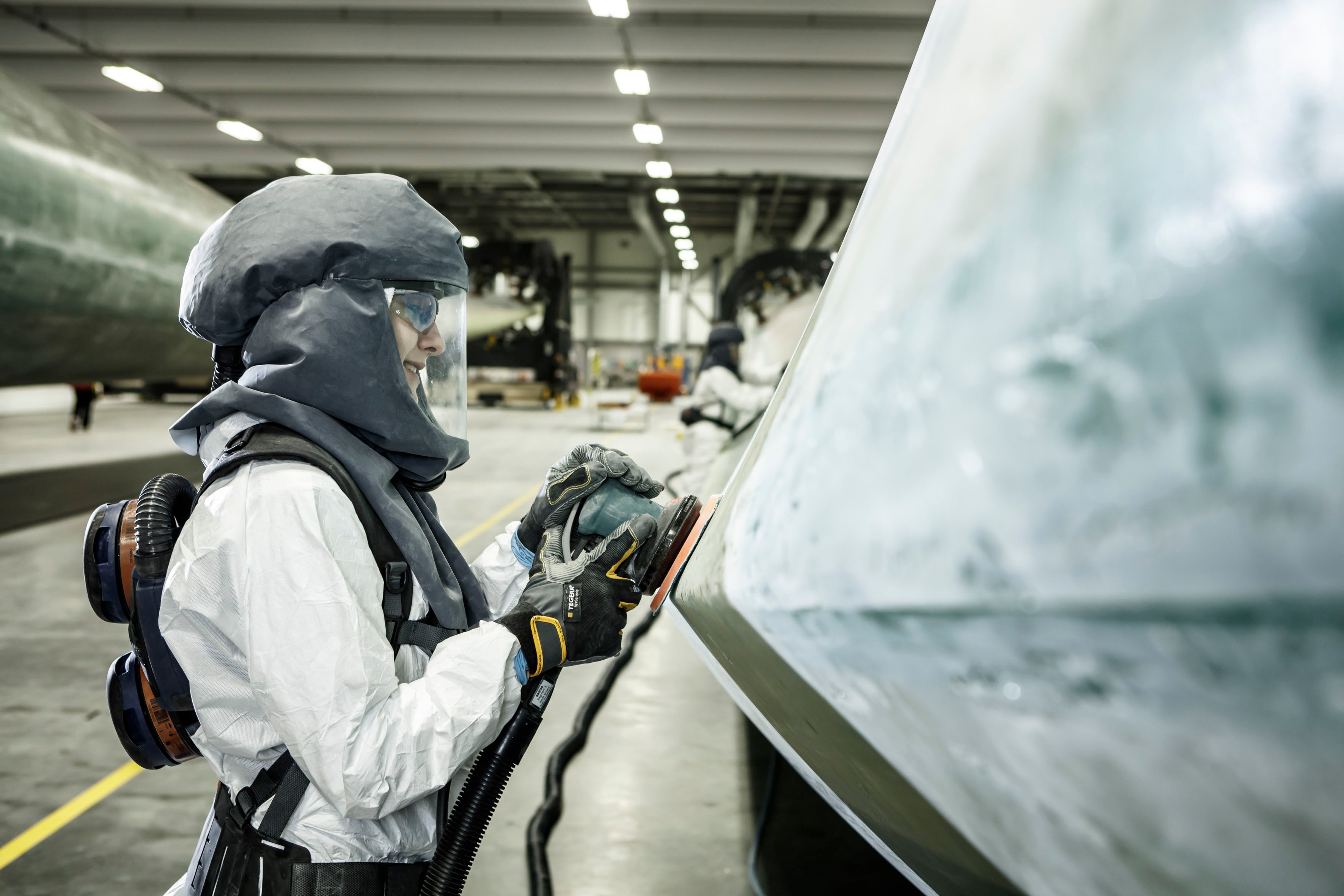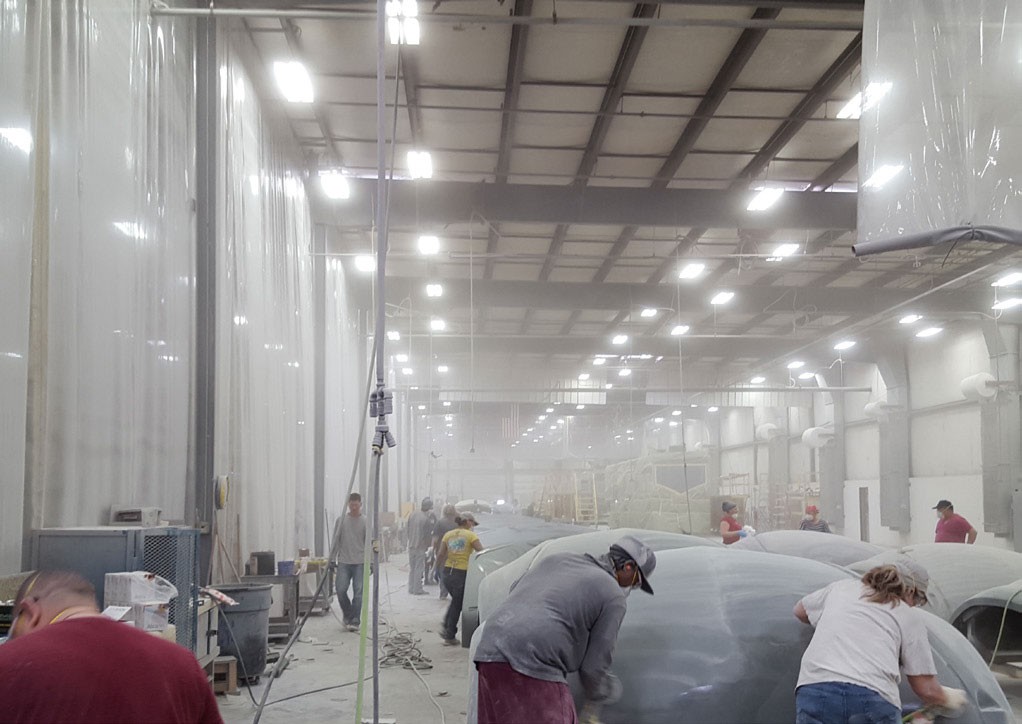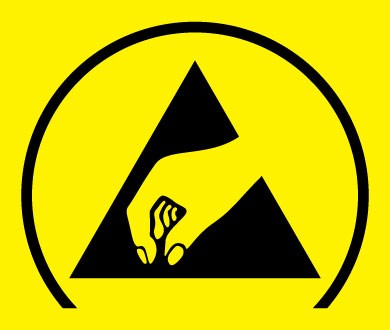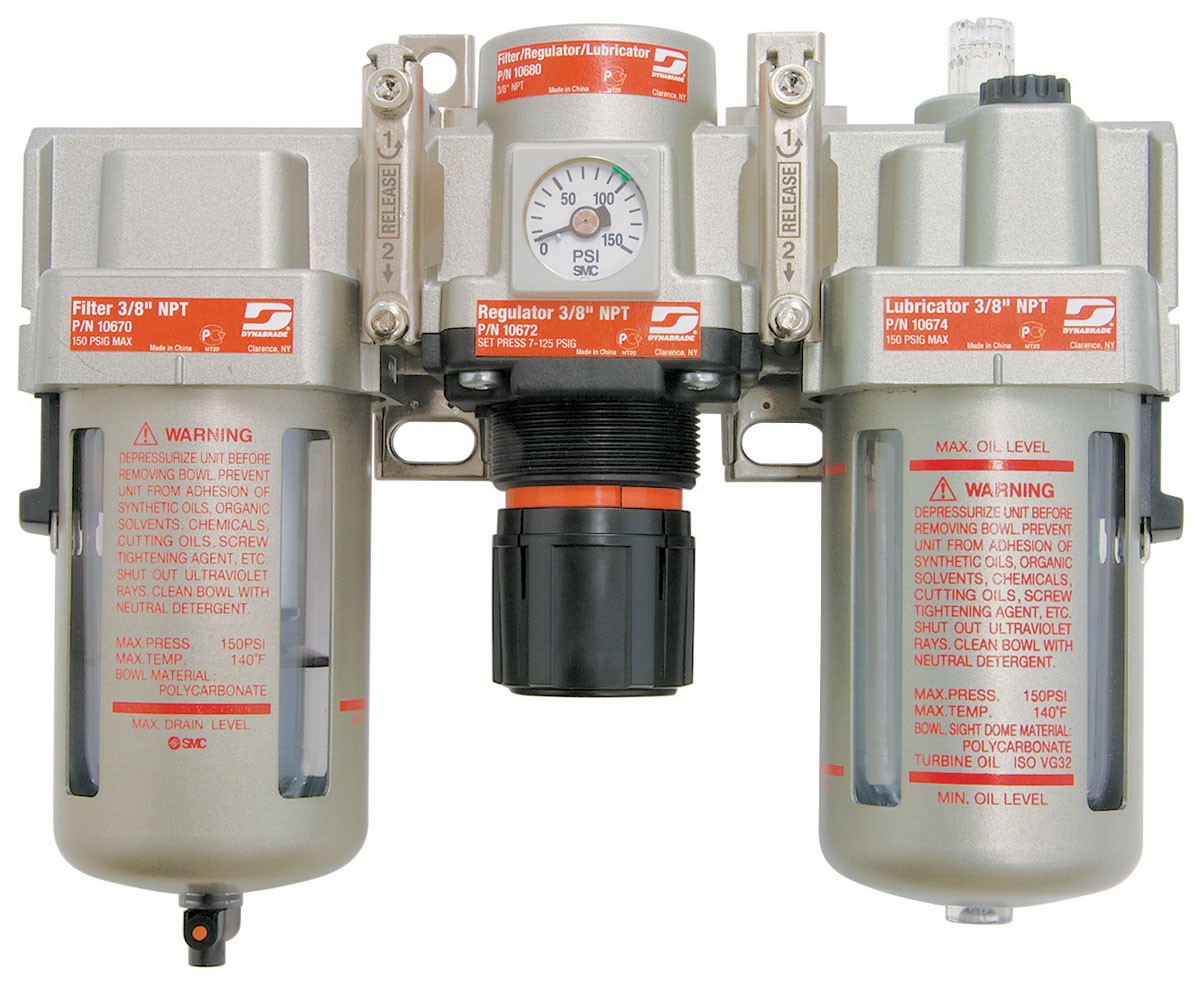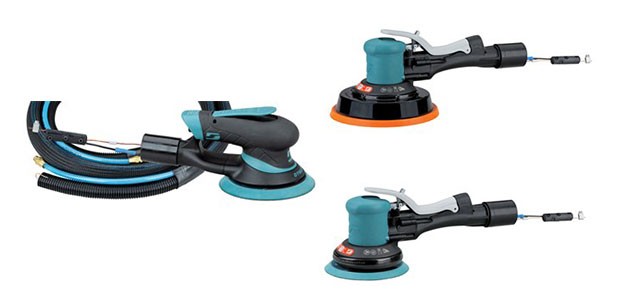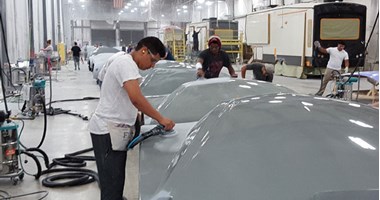
How to set an ideal working environment - 101.
A well-set workspace is key to daily productivity. How you set up your production environment directly affects product quality, safety, tool lifespan, and overall efficiency. Discover more about this in this blog post.
An ideal working place setup will define how everything else will follow during the daily production routines. Assuring a good quality product, a safe working environment, longer service life of tools, reduce the repair and energy costs and increase productivity is tightly connected to how you set up your production at the very beginning.
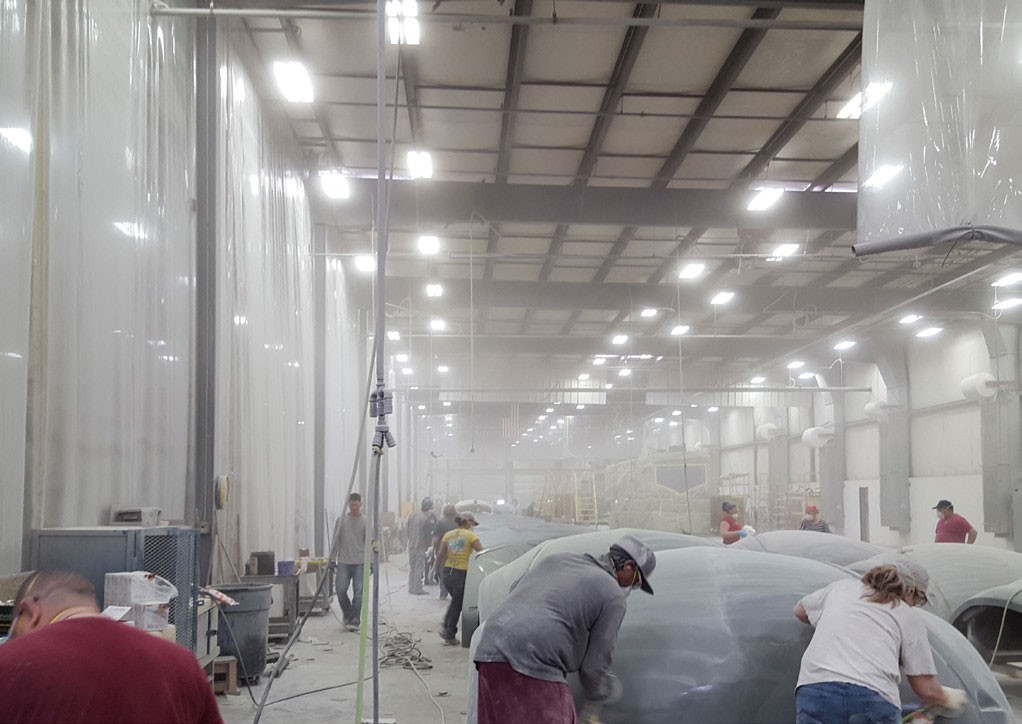
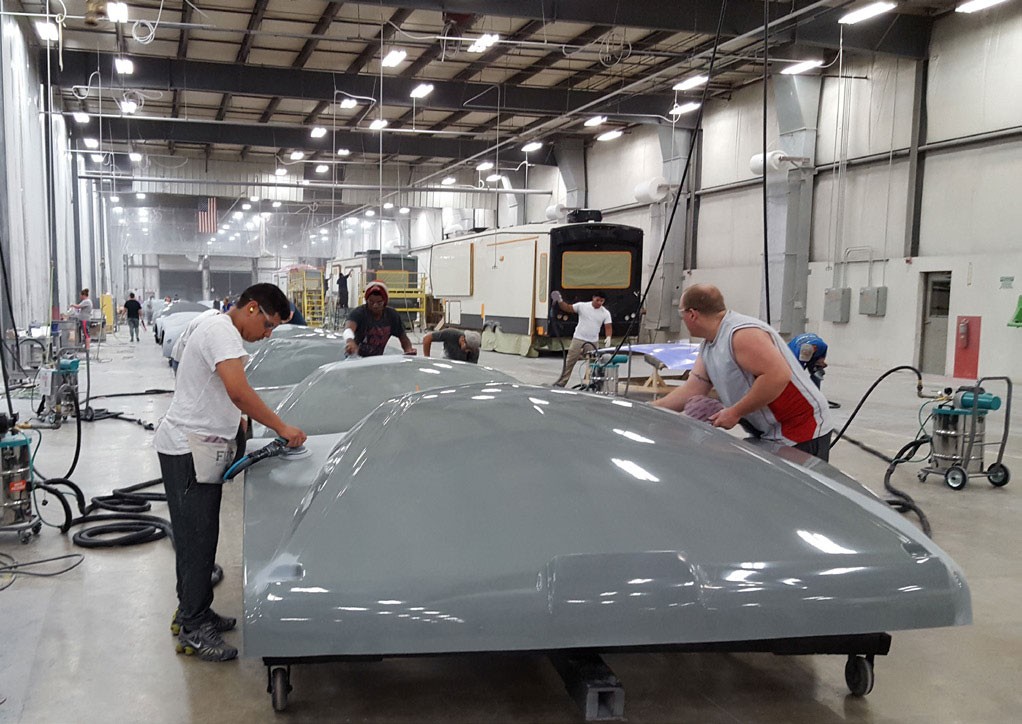
Step 1: Set properly air supply system
To design an optimised, forward-looking installation, precision is essential. Start by clearly defining total air consumption, taking into account both current needs and the potential for future growth, while allowing for a safety margin.
Consider the specifics of each operational area, strategically positioning air outlets to match designated workspaces or cells.
To fine-tune performance, examine the air volume requirements of each tool or cell. Choose air hoses and plugs carefully, considering factors such as internal diameter, length and structural compatibility.
More info about Dynabrade FRL here
Improve the reliability of the whole system by integrating a filter/regulator/lubricator (FRL) system, which not only ensures impeccable air quality, but also maintains optimum pressure and lubrication wherever possible.
If the use of a lubricator is impossible, the gap should be bridged by a practical solution: manual lubrication between shifts.
This holistic approach not only prepares the facility for smooth day-to-day operations, but also underlines a commitment to sustainable efficiency and excellence, paving the way for a high-performance, future-ready workspace.
Step 2: Optimise Air Quality in the working area
Elevating air quality within the working area demands a strategic and proactive approach.
Optimal practices begin with the utilization of vacuum-compatible tools equipped with holed sanding pads and abrasives to extract dust from the source.
This not only significantly contributes to a healthier working environment but also minimizes the need for extensive cleaning efforts and reduces reliance on additional personal protective equipment (PPE) accessories.
To fortify these efforts, consider a comprehensive risk analysis. Enlist the expertise of an eligible third party or work with your in-house Health, Safety and Environment (HSE) department to conduct a thorough evaluation.
This analysis aims to identify any potential hazard zones within your facility, providing a roadmap for targeted interventions and risk mitigation strategies.
Furthermore, when it comes to reducing the risk of ignition and potential explosions, the integration of a suitable Ex-certified extractor becomes paramount.
This measure not only aligns with safety standards but serves as a robust preventative measure, ensuring the well-being of both the workforce and the facility as a whole.
In embracing these measures, a commitment to a safer, healthier, and more efficient working environment takes center stage.
Step 3: Apply Preventative maintenance measures
Maintaining maximum operational efficiency depends on preventative maintenance measures.
In addition to the air lubrication procedures described above, it is imperative to follow the manufacturer's guidelines for planetary gear tools, by applying grease, and for right-angle tools without a wick system', by using gear oil according to the instructions.

This meticulous approach not only ensures optimum performance, but also prolongs the life of essential components.
Avoid potential problems by preventing tool air inlets from being exposed to dust when not connected to an air hose. Air under pressure, if left unchecked, can push dust particles into the air motor, threatening the integrity of rotating parts.
Regularly inspect and monitor component wear percentages based on the manufacturer's guidelines, and correct wear preventively to avoid downtime.
Consider strengthening your operational resilience by maintaining a stock of drop-in motors or tune-up kits. This strategic stock acts as a fail-safe, ensuring uninterrupted tool operation and minimising potential downtime.
For internal repairs, follow the manufacturer's recommendations by using specially designed original repair tools, paying meticulous attention to assembly instructions, torque values and specified adhesives to ensure accurate and reliable reassembly.
For safety and longevity of the tool, always use the abrasives and accessories recommended by the manufacturer.
This not only prevents accidents in the workplace, but also avoids the risk of occupational deceases, excessive vibration and prevents premature tool failure. By adopting these preventive measures, your maintenance strategy becomes the cornerstone of sustained productivity and operational excellence.
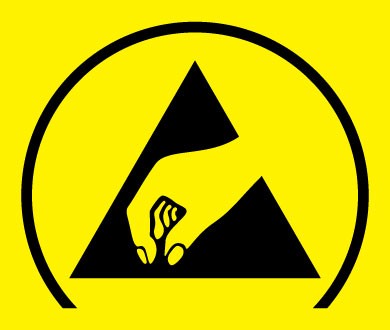
Step 4: Set Health and Safety measures
In addition to the health, safety and environment (HSE) issues mentioned above, there are a number of other key factors that play a decisive role in maintaining a safe and efficient working environment.
The proper selection of abrasive accessories, specifically matching the speed ratings of tools and abrasives, is paramount.
Ensuring that the Maximum Operating Speed (MOS) of the tool never surpasses the Maximum Operating Speed (MOS) of the abrasive accessory is crucial for both performance and safety.
In environments prone to frequent electrostatic discharge, adopting an Electrostatic Discharge (ESD) tool, along with a conductive hose and vacuum system setup, is highly recommended. This not only safeguards operators from small shocks but also protects electronic equipment, mitigating the risk of potential explosions within the facility.
Discover all Dynabrade ESD Tools here
An indispensable practice for all operators is the thorough reading and comprehension of the operating manual before initial tool use.
Additionally, a pre-use inspection of abrasive accessories for any structural damage is essential, fortifying reliability and safety.
The utilization of necessary Personal Protective Equipment (PPE) is non-negotiable, serving as a frontline defense against potential hazards.
Lastly, steer clear of storing chemicals in or around the working area, minimizing the risk of unintended interactions and ensuring a secure and well-defined workspace.
By embracing these measures, the workplace not only becomes more secure but also fosters a culture of responsibility and awareness among operators.
Conclusion
Air quality both in terms of the one in the working environment and the pressurized air supplied to the tools are crucial for the longevity of two most important resources of the company; its people and its equipment to enable it manufacture good and value. As Dynabrade, we can help you to improve both to the world class level. Preventative maintenance and the HSE measures also highly contribute to the sustainability of a good setup for the long term.
